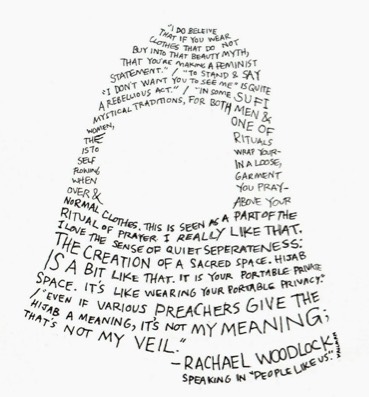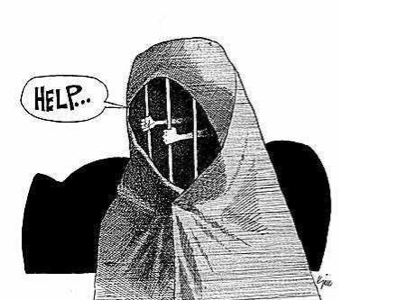Sign up for FlowVella
Sign up with FacebookAlready have an account? Sign in now
By registering you are agreeing to our
Terms of Service
Loading Flow

In 2006, the ACLU found that there were over 150 cases of discrimination against Muslim women. Head scarfs were reported to be the main thing that started the problems. In addition to this, people stereotypically believed that all women who follow the Islamic faith are forced into Muslim veils. The assumption that Muslim women's rights and freedom to express themselves are taken away and are forced to cover is incorrect. While some countries have an oppressive government that force women to practice veiling, most Muslims make the choice to cover. The religion does not force anything onto someone who does not want to participate in these certain practices. Women who chose to cover have different reasoning as to why. Many women veil for personal liberation or as a symbol of cultural beliefs and identity. Others wear the veils to show their dedication to their beliefs and their unity as a group. Some may even wear them to show that fashion is not important to them. The top picture is a Muslim women making her point about wearing her veil and why she does. She's explaining how she likes that the veil is a personal, sacred space with meaning. The bottom picture seems stereotypical to the topic because the veil has a person inside portraying that he/she is in prison with no freedom. The picture is basically demonstrating that Muslims who wear veils to cover are stripped from rights and freedom, which is a stereotype of Muslims.

